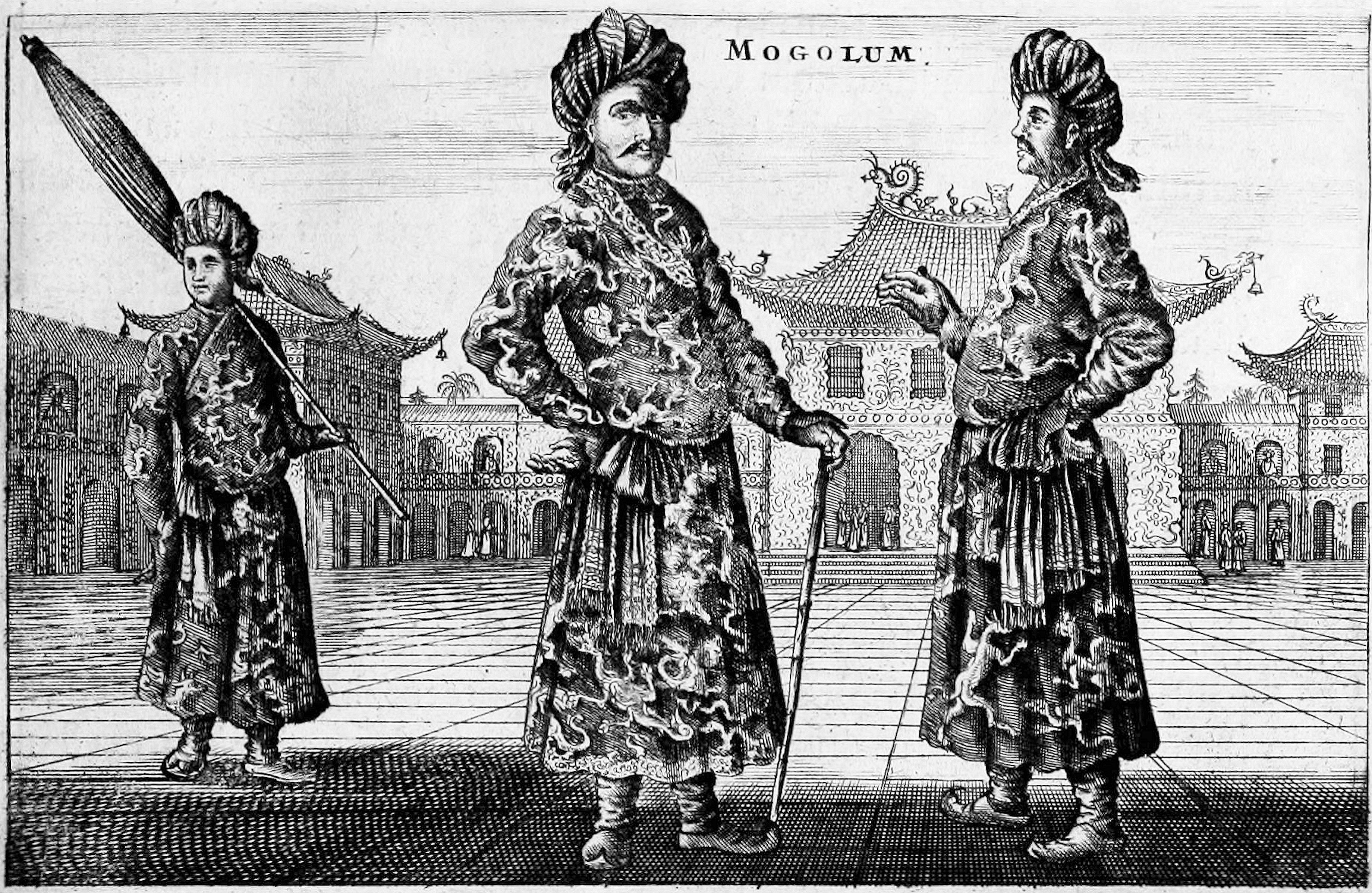|
Naqsh-i-Jahan
Naqsh-i-Jahan (نقش جہان) was khan of Moghulistan from 1415 to 1418. He was son of Shams-i-Jahan Shams-i-Jahan (شمس جہان) was Khan of Mughlistan from 1399 to 1408. Family He was the son of Khizr Khoja. Two of his daughters were married to grandsons of the Central Asian conqueror Timur: Husn Nigar Khanika to Ulugh Beg and Mihr Nigar K .... Mongol khans Chagatai khans {{noble-stub ... [...More Info...] [...Related Items...] OR: [Wikipedia] [Google] [Baidu] |
Muhammad Khan (Khan Of Moghulistan)
Muhammad Khan was a son of Khizr Khoja and was Khan of Moghulistan from 1408 to 1415. Muhammad Khan's brothers included Shams-i-Jahan. After Esen Buqa I, Esen Buqa Khan, excepting Tughlugh Timur, Tughlugh Timur Khan, there was no one left in the country of the Mughal people, Moghuls who was of the first rank of Khákáns. After the death of Tughlugh Timur, Amir Kamaruddin murdered all of Tughlugh's sons, so that there was no one left but Khizr Khoja, Khizr Khwaja Khan. This last Khan left many sons and grandsons; the details of the lives of all of them have not, however, been preserved in the Moghul traditions. In the Moghul records it is stated that Amir Khudaidad himself raised six Khans to the Khanate, and Muhammad Khan was one of them. Muhammad Khan built a Rabát on the northern side of the defile of Chádir Kul. In the construction of this building he employed stones of great size, the like of which are only to be seen in the temples [Imárát] of Kashmir. The Rabát con ... [...More Info...] [...Related Items...] OR: [Wikipedia] [Google] [Baidu] |
Uwais Khan
Uwais Khan ibn Sher Ali also referred to as Sultan Vais Khan, was the Moghul Khan of Mughalistan; (first from 1418 to 1421 C.E. and again from 1425 to 1429 C.E.). He was the nephew of Sher Muhammad. In English, his name has been variously spelled and pronounced as either Awais, Owais or Vais.The Tarikh-i-Rashidi: a history of the Moghuls of central Asia by Mirza Muhammad Haidar Dughlat; Editor: N. Elias,Translated by Sir Edward Denison Ross,Publisher:S. Low, Marston and co., 189/ref> Early life After the death of his father, he was in the service of his uncle, Sher Muhammad. After a time he began to find his condition irksome, and therefore fled from the court, and took to the life of a ''Kazaki'' (robber). Many distinguished Moghul youths volunteered to follow him. Among this number was Amir Sayyid Ali Dughlat (Grandfather of Mirza Muhammad Haidar Dughlat). Amir Sayyid Ali Dughlat was the son of Sayyid Ahmad Mirza, son of Amir Khudaidad. Uwais and his band of ''loyalists'' ... [...More Info...] [...Related Items...] OR: [Wikipedia] [Google] [Baidu] |
Shams-i-Jahan
Shams-i-Jahan (شمس جہان) was Khan of Mughlistan from 1399 to 1408. Family He was the son of Khizr Khoja. Two of his daughters were married to grandsons of the Central Asian conqueror Timur: Husn Nigar Khanika to Ulugh Beg and Mihr Nigar Khanika to his brother, Muhammad Juki Muhammad Juki Mirza (1402 – 1445) was a Timurid prince and a son of the Central Asian ruler Shah Rukh. He served as one of his father's military commanders and may have been favoured as his preferred successor. However, he died of illness ....John E Woods, ''The Timurid Dynasty'' (1990), pp. 43, 45 Succession References Mongol khans Chagatai khans {{noble-stub ... [...More Info...] [...Related Items...] OR: [Wikipedia] [Google] [Baidu] |
Moghulistan
Moghulistan (from fa, , ''Moghulestân'', mn, Моголистан), also called the Moghul Khanate or the Eastern Chagatai Khanate (), was a Mongol breakaway khanate of the Chagatai Khanate and a historical geographic area north of the Tengri Tagh mountain range, on the border of Central Asia and East Asia. That area today includes parts of Kazakhstan, Kyrgyzstan, and northwest Xinjiang, China. The khanate nominally ruled over the area from the mid-14th century until the late 17th century. Beginning in the mid-14th century a new khanate, in the form of a nomadic tribal confederacy headed by a member of the family of Chagatai, arose in the region of the Ili River. It is therefore considered to be a continuation of the Chagatai Khanate, but it is also referred to as the Moghul Khanate. In actuality, local control rested with local Mongol Dughlats or Sufi Naqshbandi in their respective oases. Although the rulers enjoyed great wealth from the China trade, it was beset by const ... [...More Info...] [...Related Items...] OR: [Wikipedia] [Google] [Baidu] |
Mongol Khans
The Mongols ( mn, Монголчууд, , , ; ; russian: Монголы) are an East Asian ethnic group native to Mongolia, Inner Mongolia in China and the Buryatia Republic of the Russian Federation. The Mongols are the principal member of the large family of Mongolic peoples. The Oirats in Western Mongolia as well as the Buryats and Kalmyks of Russia are classified either as distinct ethno-linguistic groups or subgroups of Mongols. The Mongols are bound together by a common heritage and ethnic identity. Their indigenous dialects are collectively known as the Mongolian language. The ancestors of the modern-day Mongols are referred to as Proto-Mongols. Definition Broadly defined, the term includes the Mongols proper (also known as the Khalkha Mongols), Buryats, Oirats, the Kalmyk people and the Southern Mongols. The latter comprises the Abaga Mongols, Abaganar, Aohans, Baarins, Chahars, Eastern Dorbets, Gorlos Mongols, Jalaids, Jaruud, Kharchins, Khishigten, Khorchin ... [...More Info...] [...Related Items...] OR: [Wikipedia] [Google] [Baidu] |

